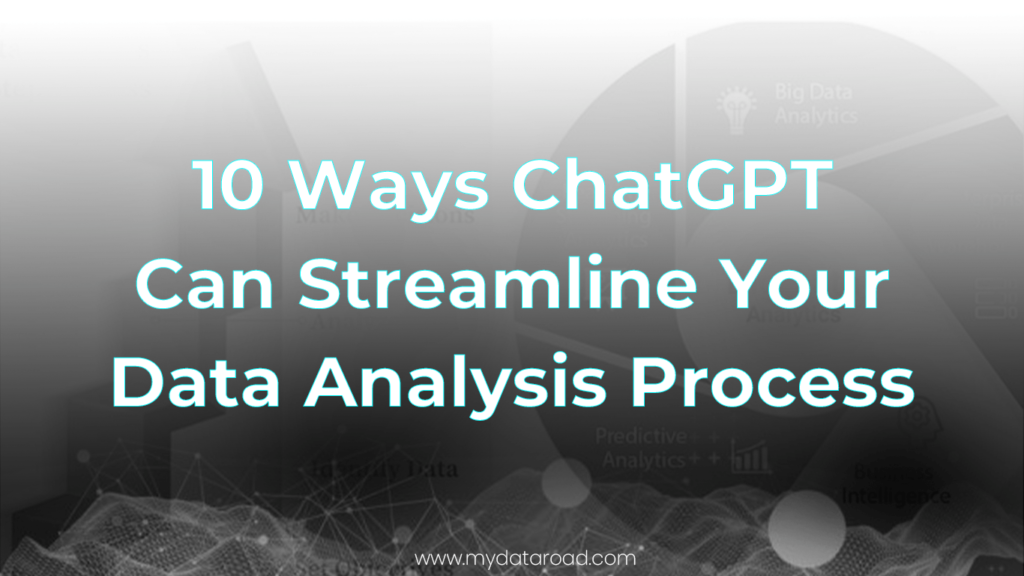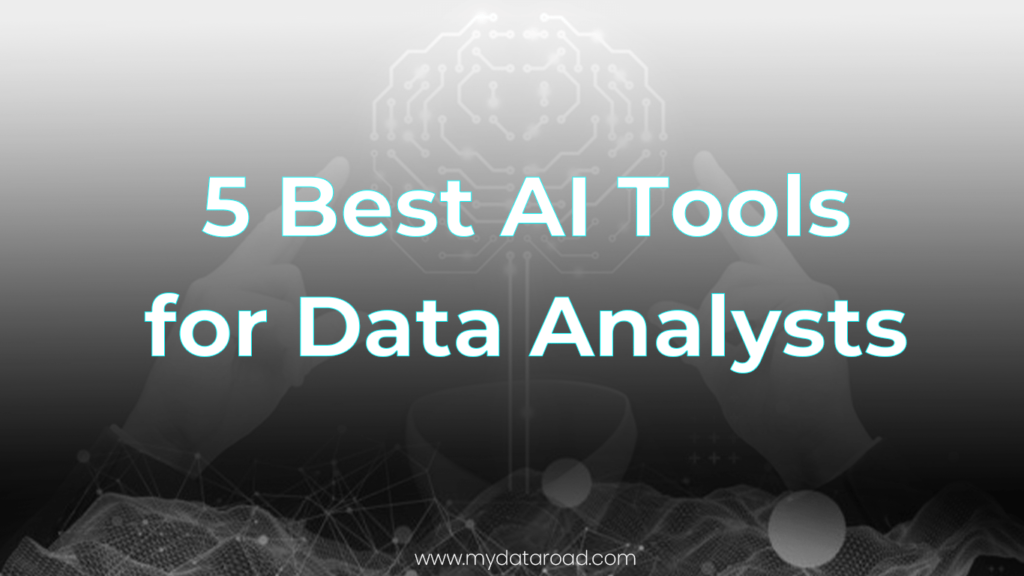Introduction to Data Analyst Skills
In today’s data-driven world, the role of data analyst has become increasingly critical across industries. With more businesses seeking to leverage data to drive strategic decisions, there is a growing demand for data analysts who can translate numbers into impactful insights. But what exactly does a data analyst do day-to-day? And what skills are required to thrive in this career path? This comprehensive guide walks through the foundational competencies needed as a data analyst, and shows how integrating AI can elevate analysis to the next level.
A data analyst is responsible for collecting, cleaning, and organizing data from various sources, then conducting quantitative and qualitative analysis to uncover trends, patterns, and insights that can inform business strategy and planning. Their core duties include identifying business needs, processing and cleansing data, performing statistical analysis, interpreting results, and communicating data-driven recommendations to leadership.
While technical abilities like Excel, SQL, and Python are must-have data analyst skills, soft skills like communication, critical thinking, and business acumen are equally important. Aspiring analysts should also stay updated on how technologies like machine learning and NLP are transforming roles in the field. With the right blend of technical data skills and adaptability, data analysts can deliver tremendous value in roles across finance, marketing, operations, and more.
Foundational Skills for Data Analysts
Mastering a diverse set of technical skills is essential for conducting end-to-end data analysis. Here are some of the key competencies needed:
Technical Skills
- Excel – For basic tasks like data cleaning, analysis, and visualization. Key skills include PivotTables, VLOOKUP, macros, and chart creation. For example, an analyst may use Excel to aggregate sales data into pivot tables, identify trends with charts, and connect data sources with VLOOKUPs.
- SQL – To manipulate and query relational databases. Analysts use SQL for data extraction and transformation. For instance, writing SQL queries to pull specific data sets from a database for further analysis.
- Python and R – For running statistical analysis and building machine learning models. Both languages are popular for advanced analytics like regression modeling and forecasting.
- Tableau, Power BI – To create interactive data visualizations and dashboards. Analysts use BI tools to present findings in engaging, easy-to-understand formats.
- Web analytics – To gather insights from website metrics using platforms like Google Analytics. This informs decisions around digital marketing and optimization.
- Git – For version control and code collaboration using repositories like GitHub. Allows managing changes across teams.
Statistical Techniques
Data analysts apply various statistical techniques and concepts:
- Descriptive statistics – Using metrics like mean, mode, median to summarize and describe data. For example, calculating sales KPIs.
- Hypothesis testing – Making inferences about populations based on sample data and p-values. Used for A/B testing new features.
- Regression analysis – Modeling relationships between independent and dependent variables. Used for predictive analytics.
- Forecasting – Estimating future outcomes based on historical data and trends. Enables data-driven planning.
- Machine learning – Detecting patterns in data to make predictions using algorithms. Used for chatbots to natural language processing.
Data Visualization
- Create insightful visualizations using appropriate chart types and best design practices. Bar charts for comparisons, line charts to show trends.
- Choose optimal visualization formats to illustrate different data types and relationships. Scatter plots for correlations, pie charts for proportions.
- Leverage tools like Tableau, Power BI, and D3.js to build interactive dashboards updated in real-time.
- Communicate key insights clearly through effective data storytelling. Guide viewers through visualizations.
In addition to these technical abilities, data analysts require critical thinking, project management skills, and intellectual curiosity. Continuous learning is essential to stay updated given how rapidly tools and technologies evolve.
For example, a marketing analyst may leverage Excel, SQL, and Tableau to analyze campaign and sales data, identifying opportunities to optimize marketing spend and channels. Their analysis informs budget allocation and strategy to boost ROI.
Elevating Analysis with AI
The integration of artificial intelligence into data analysis unlocks new possibilities for enhanced productivity, deeper insights, and automated discovery.
Machine Learning Applications
Some common applications of machine learning for analysts include:
- Predictive modeling – Classifying data and forecasting outcomes using supervised learning algorithms like random forests or neural networks. Enables data-driven decisions.
- Anomaly detection – Identifying abnormalities and outliers in data that may signal issues or fraud using unsupervised learning techniques.
- Pattern recognition – Automatically uncover hidden trends, relationships and interactions within data using association rule learning.
- Text analysis – Extracting insights from unstructured text data like customer feedback using natural language processing (NLP). Sentiment analysis.
- Personalization – Tailoring content and products for customers based on analysis of their data and behaviors using reinforcement learning algorithms.
For example, a support analyst could use NLP to analyze customer tickets, identifying common complaints and pain points to address. This improves customer satisfaction.
Automated Machine Learning (AutoML)
AutoML streamlines repetitive tasks in the machine learning workflow:
- Automates data preprocessing like cleaning, normalization and feature engineering using DataRobot or Google Cloud AutoML.
- Enables quick building, training and evaluation of multiple models to find the best performer without coding.
- Allows analysts to leverage machine learning without coding or deep ML expertise. Democratizes AI.
- Reduces analysis time significantly through automation of rote tasks. Focus shifts to strategy and optimization.
For instance, AutoML tools can automatically evaluate different classification algorithms on a dataset to identify the most accurate model. This removes repetitive testing.
Incorporating AI Responsibly
While AI unlocks new potential, analysts should ensure they:
- Audit models for bias, fairness, and interpretability. Identify skewed data or algorithms that could lead to discrimination.
- Continuously monitor and retrain models on new data. Keeps predictions accurate as conditions change.
- Establish human oversight and control over automated decisions. Do not rely solely on technology.
- Thoroughly document processes and data used in models. Critical for transparency and reproducibility.
- Develop guidelines for the ethical application of AI. Assess risks and mitigate accordingly.
Key Takeaways
The key skills that allow data analysts to deliver business value include:
- Technical expertise – Proficiency with Excel, SQL, Python, statistical methods, data visualization, and AI/ML tools.
- Communication skills – Ability to translate data findings into actionable, understandable insights tailored to stakeholders.
- Critical thinking – Asking the right questions, applying the optimal techniques, and effectively synthesizing insights from analysis.
- Business acumen – Understanding how to align analysis to business goals and strategy. Thinking strategically.
- Curiosity and drive – Continuously improving skills and leveraging emerging technologies like AI to enhance analysis. Staying competitive.
- Project management – Scoping projects effectively, managing stakeholders, documenting processes properly.
By mastering the basics and augmenting abilities with AI, data analysts can maximize their impact in helping organizations succeed through data-driven decision making.
Related posts
- Data Analyst’s Roadmap: Navigating Your Career Path
- should i become a data analyst
- How to Become a Data Analyst: A Step-by-Step Guide
- Path to Become Data Analyst: Core Skills Uncovered

Tech Writer | Data Analyst | Digital Creator



